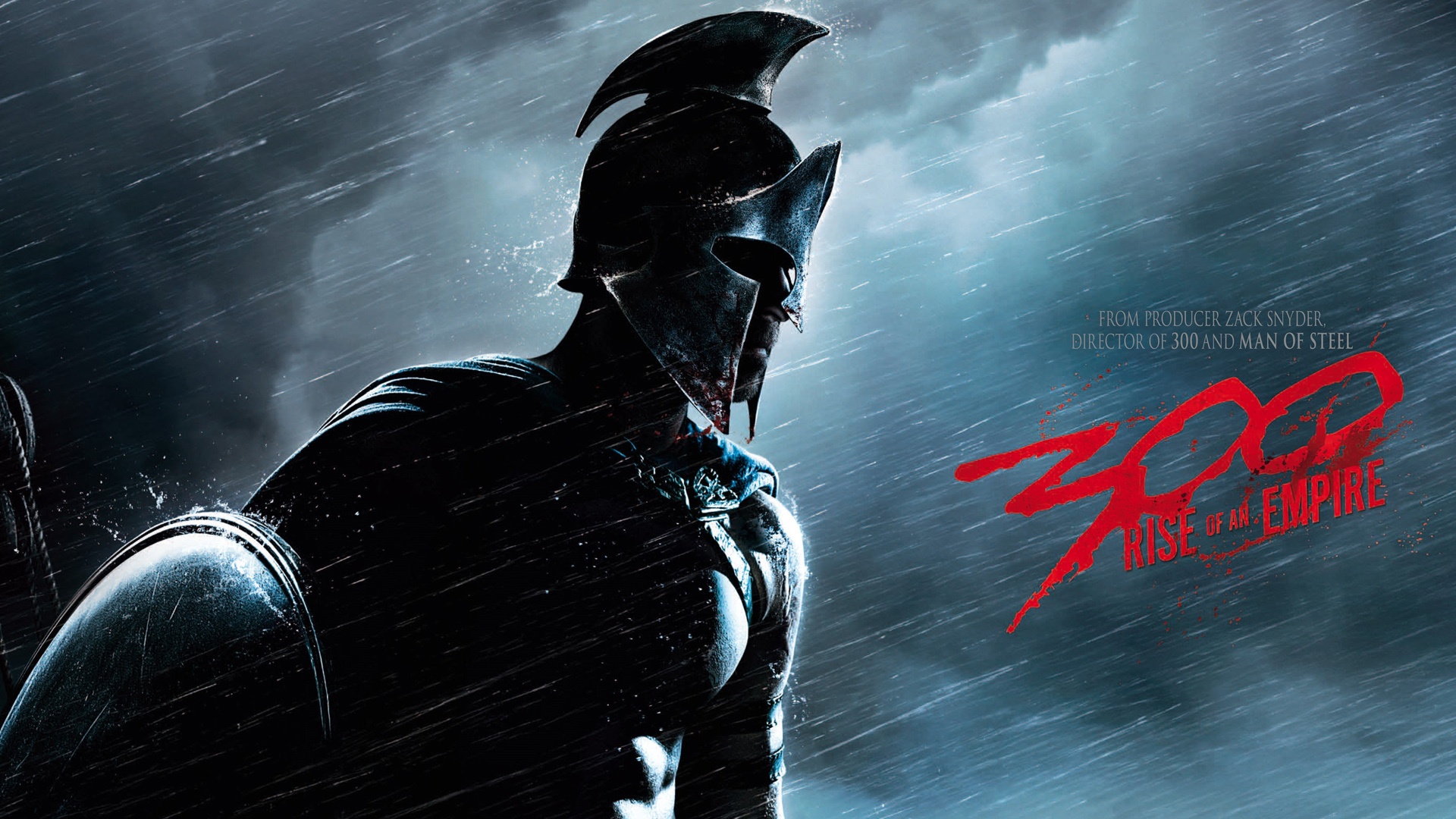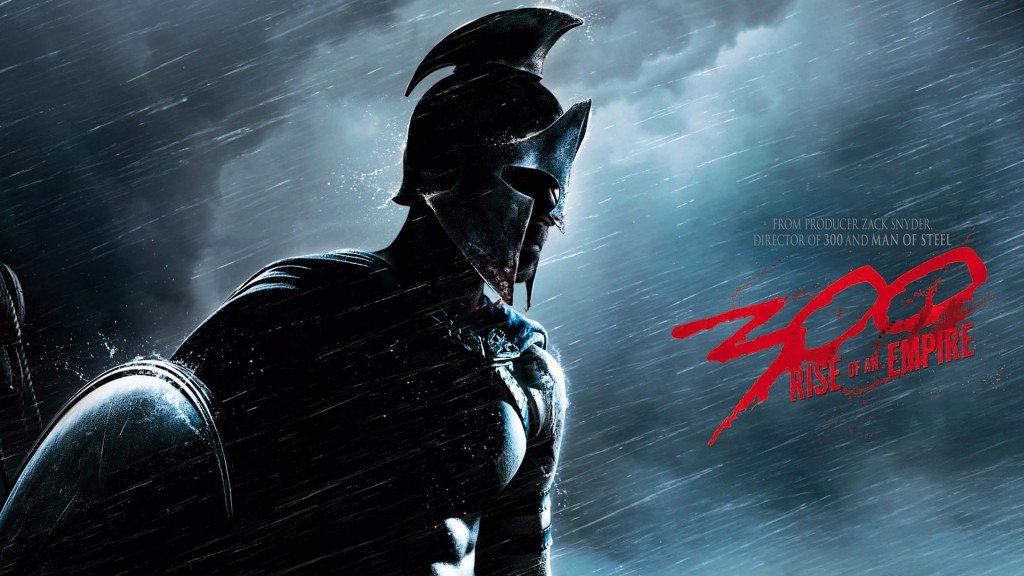By Jeremy Hannaford (Contributor) – Email
Print Edition: March 12, 2014
Eight years ago, director Zach Synder introduced us to a world of battles, legends, and oiled eight-pack abs. His adaptation of Frank Millar’s graphic novel was an entertaining film for its amazing CG work, the intensity of the action scenes, and the ridiculous physique of its Spartan warriors. While it was severely overblown, it presented itself as a Greek storyteller might have done, exaggerated and morphed into something forcibly inspiring.
Now, with Rise of an Empire, we are told the story of Themistocles, the often forgotten naval commander who made the Spartans’ three-day stand of Thermopylae possible.
If I had any doubt in this sequel before seeing it, it was the lack of action experience director Noam Murro had. Smart People, a movie that could not be less like 300, is his only prior feature-length movie. But I was proven wrong. Murro crafts some amazing sequences and follows them smoothly.
Rise of an Empire offers a much more expansive narrative in comparison to its predecessor. It begins with the battle of Marathon and thrusts the viewer into a visceral battle of mud, blood, and dismembered limbs. The choreography is top-notch and the intensity is off the charts. Blood streaks across the screen as striking images of lightning and war fill the screen. Themistocles charges across the muddy field, killing many in his wake.
However, as awesome and intense as the opening battle is, it sets a very high standard for the rest of the movie, one I feel was never reached again.
When it comes to the characters, while Sullivan Stapleton gives a decent swing at Themistocles, he can’t stand up to the gruff and overly masculine performance from Gerald Butler in the first 300. It’s Eva Green who steals the show as the sadistic Persian naval commander Artemisia, a lover of violence, manipulation, and violent and manipulative sex. Green’s villain of such ruthless brutality provides a love-hate relationship with Themistocles as the two admire each other’s command yet hate the other’s ideals.
A majority of the film is a sidestory to its predecessor, showing how Themistocles defended the Artemisium Strait. This is a tale often out of the historical spotlight, and it is enthralling to watch it unfold, but without the addition of Leonidas’ defence, the film feels like it is missing something. Rise of an Empire is trying to build up the final battle of Salamis, but spends such a long time living in the past that it runs out of time to tell the finale.
Rise of an Empire attempts to tell a wider-reaching story than 300, but lacks the economy and control its predecessor had. Rise of an Empire lacks a true main character as well. Green’s role is the more compelling character, but Themistocles is the hero we’re meant to side with. Still, it will leave action and comic book fans excited right to the end.



